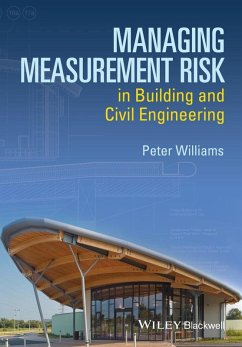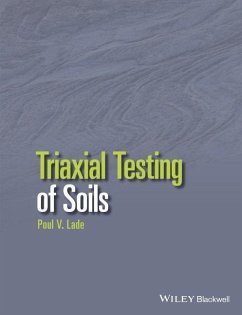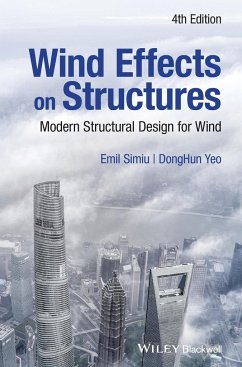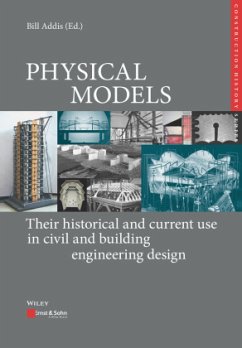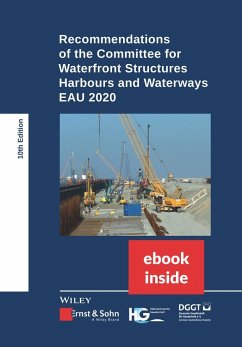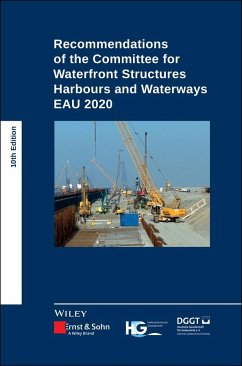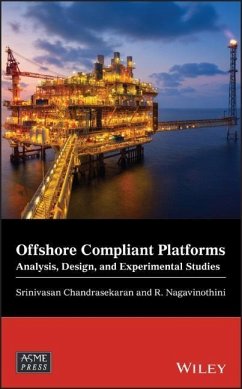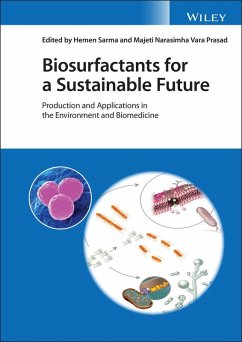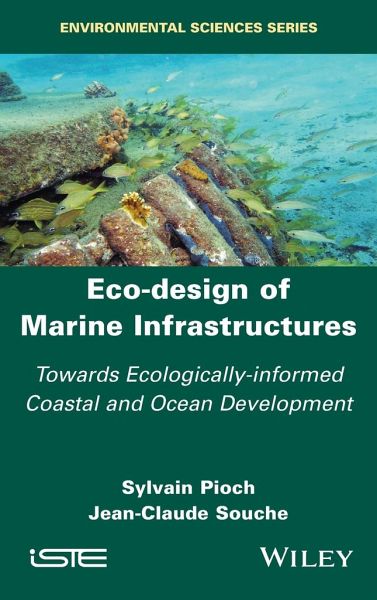
Eco-Design of Marine Infrastructures
Towards Ecologically-Informed Coastal and Ocean Development
Versandkostenfrei!
Versandfertig in über 4 Wochen
159,99 €
inkl. MwSt.
Weitere Ausgaben:

PAYBACK Punkte
80 °P sammeln!
This book offers an insight into how to create aesthetically pleasing, environmentally integrated, multi-functional developments in the ocean or on the coastline.Eco-design of Marine Infrastructures provides practical and realistic solutions for delivering projects that strive to minimize negative environmental impacts.Using case studies and examples, this book presents a toolkit of options, allowing decision makers and planners to see what is possible and to make informed choices about the risks and benefits of eco-design. It is intended for researchers, engineers, students and decision maker...
This book offers an insight into how to create aesthetically pleasing, environmentally integrated, multi-functional developments in the ocean or on the coastline.
Eco-design of Marine Infrastructures provides practical and realistic solutions for delivering projects that strive to minimize negative environmental impacts.
Using case studies and examples, this book presents a toolkit of options, allowing decision makers and planners to see what is possible and to make informed choices about the risks and benefits of eco-design. It is intended for researchers, engineers, students and decision makers, or anyone who is curious to see how nature can be integrated into development.
Eco-design of Marine Infrastructures provides practical and realistic solutions for delivering projects that strive to minimize negative environmental impacts.
Using case studies and examples, this book presents a toolkit of options, allowing decision makers and planners to see what is possible and to make informed choices about the risks and benefits of eco-design. It is intended for researchers, engineers, students and decision makers, or anyone who is curious to see how nature can be integrated into development.




